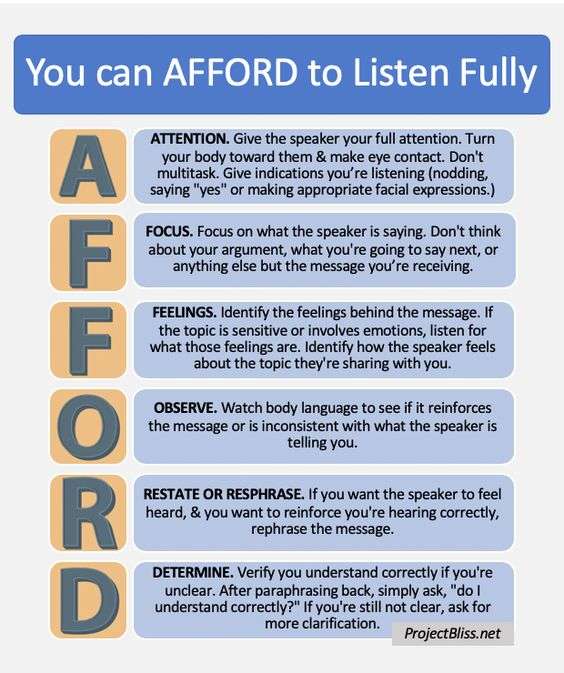Agile communication techniques are not specific to just Agile project but can be used on any project no matter the methodology. What Agile does do is have dedicated meetings for increased communication. You have a daily scrums or standups for the agile project team raise blockers and help the business or project team understand the project status
The retrospective is used to gather lessons learned and improve the way the team works together. We use a variety of effective communication tools to help us hold these meetings as we work with distributed teams. You can also use online tools to gather feedback for the team to act on.
Agile Communication Techniques for Digital Workplace
Effective Agile communication has evolved since Alastair Cockburn defined modes of communication in 2002 on the Agile Modeling website. I have updated the original diagram for digital teams. I have listed the digital tools my Agile teams have used to improve communication.
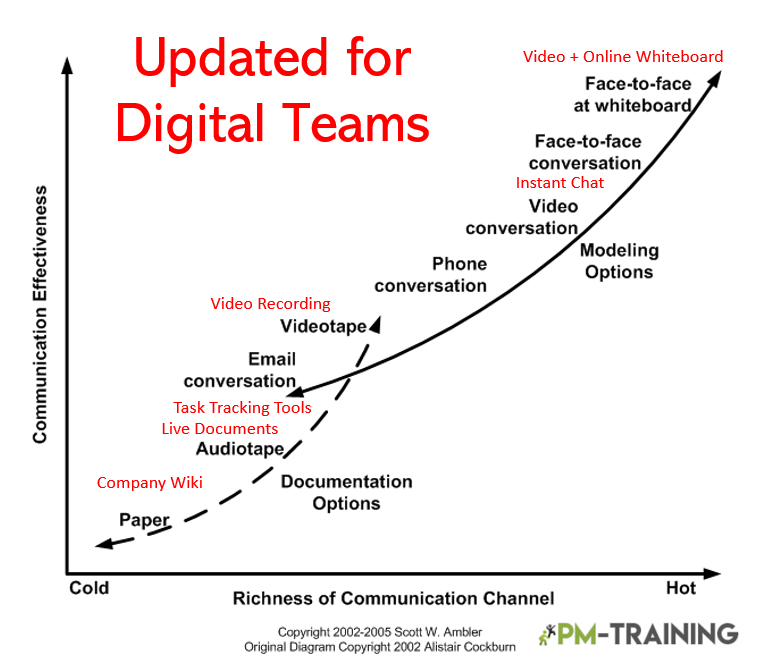
These are essential for supporting the different types of communication methods such as:
- Osmotic Communications
- Active Listening
- Social Media Based
- Two-Way Communication
- Feedback Methods
Digital Feedback Methods
Great way of getting feedback from key stakeholders would be:
- Surveys
- Feedback boxes
- Reach out directly
- Video Interviews
- User activity
- Usability Tests
- Screen Recording
- Live Documents
Osmotic Communications
Osmotic communication was coined by Alistair Cockburn and is information flowing in the background where teams can pick and choose when to contribute. This type of communication is common in co-located teams where the team are sitting together and can overhear each other’s conversations. As distributed teams can’t overhear each other this type of communication isn’t yet possible but with online tools you can start simulating it.
You can start having your Agile meetings online with tools listed below.
Online Meeting Tools to Improve Osmotic Communications
The most important tool you need to have in place is a online meeting tool such as Teams or Google Meet. It can save you money and be easier to organize meetings if you use the same software provider as you do for email such as Microsoft have Teams, Gmail and Google Meet.
You also have zoom as an option which is a leading player on the market and used by a number external parties. If you have a lot of meetings with 3rd parties this might be a better choice. Just take into consideration the free basic plan has a time limit.
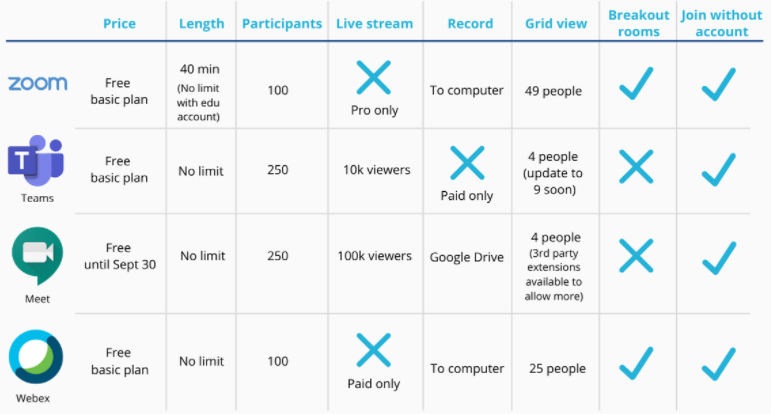
Online Chat Tool
Using online chat is an absolute must have for any communication plan. It helps osmotic communication you can create chat groups where people can passively participate and see what is going on. You should not consider this as formal communication though. Just because you mentioned something in a chat doesn’t mean it has been formally received. Its an additional method not a replacement.
Choosing one tool which all team members are using is essential. I’m currently in an environment where development team use Slack but rest of business is using Teams. This is very frustrating as it is preventing the team working together more cohesively and taking advantage of osmotic communication. The reason is because that is what they used before Teams and want stay using it. Also, we get Teams for free but Slack is paid.
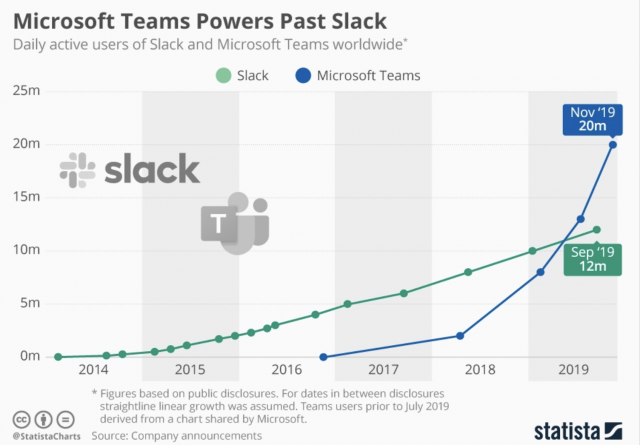
Social Media Based
There are great social media tools readily available to teams to utilise which enable IM between team members and can help organise social events. There is a great book called Strategic Integration of Social Media into Project Management Practice that goes into more detail about how a company should be using social media. What I like about the book is that you don’t have to buy the whole thing: you can just buy the chapters that are relevant, which makes it much more accessible.
Brainstorming
Brainstorming is a group creativity technique where everyone gets to put forward ideas towards a specific problem. The term was popularised by Alex Faickney Osborn in the 1953 book Applied Imagination Free Download.
Online Whiteboards
Online whiteboards have exploded since COVID forced teams into virtual environments and now they are the go to tool for every team. Personally I love Miro but equally love LucidChart for the awesome diagrams I have created.
Two-Way Communication
Two-way Communication in Business is a form of transmission in which both parties involved transmit information. A digital version would be email but also you can share documents via online storage tools.
Online Documents Live Agile Team Collaboration
What our teams use is live documents such as Google documents where there is a single source of truth avoiding having multiple versions in circulation. It also lets team members work on a document at the same time,
Online Shared Documents
Storing Documents in the Cloud is essential to keep information flowing between the team virtually. The top 3 are OneDrive, Google and Dropbox. Choose what works best for your organization and ensure you have correct security practices in place.
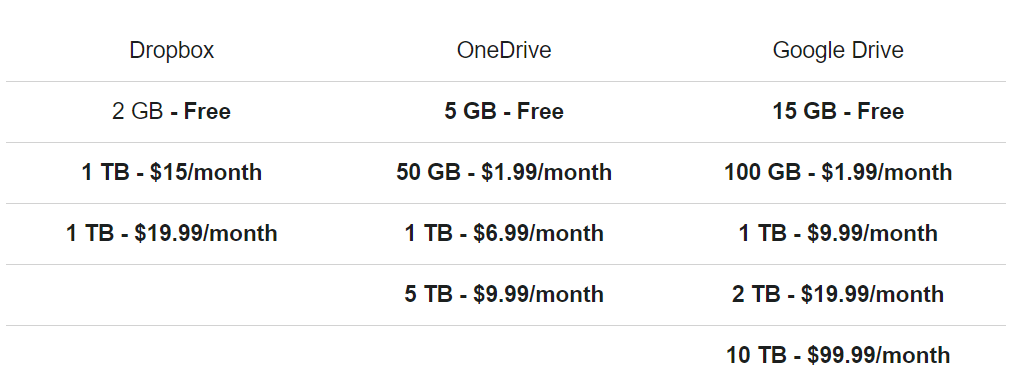
Online Agile Task Boards
There is so many to choose from it can difficult to pick one starting over. The engineering team usually will have a preference and project managers should learn to use these. The information you need is there but you need to know how to find it.
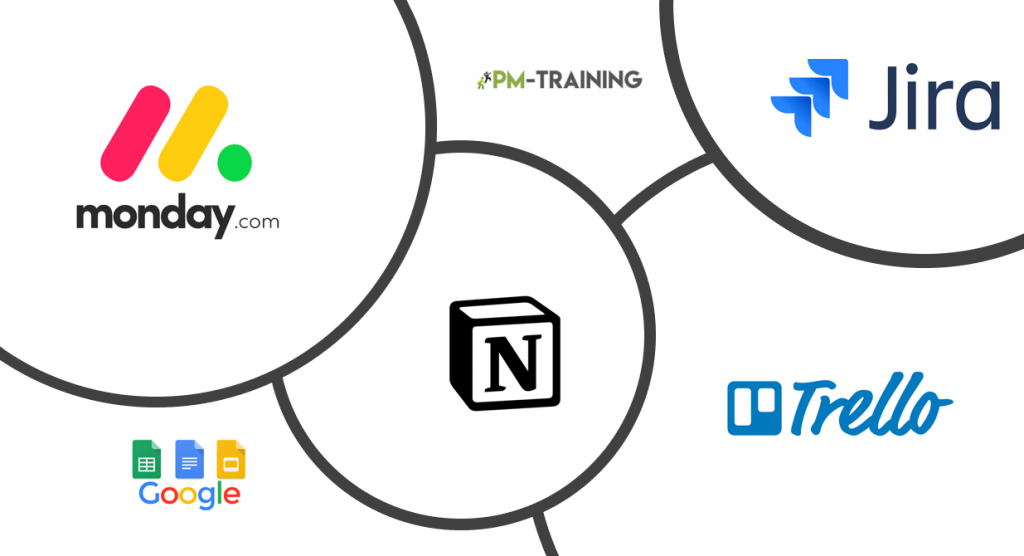
Challenges with Agile Communication Tools
One of the biggest challenges you will run into with Agile communication tools is solidifying the toolset. Every organization will have a unique set of tools they use. I recommend be consistent and try minimize the selection of tools. Implementing such a change straight away will be difficult and you will run into resistance from team members who have an emotional connection to tools.
I’m currently facing this issue where we are using 2-3 different pieces of software for the same communication methods. This is very much not a comprehensive list but only some of the tools I have encountered. There is always new ones being launched:

Active Listening
Regardless of online vs face to face you want everybody to understand and practice active listening. Active listening is used to ensure both parties understand the topic of conversation. There are three ways to accomplish active listening by repeating exactly what the person says, paraphrasing by summarizing what was discussed and relaying it back and reflecting on the conversation that just passed. All these techniques will result in a mutual understanding of a conversation. There are 3 Levels…..
Level 1: Internal Listening: We hear the words spoken but interpret through our own understanding trying to put them into context how it affects you.
Level 2: Focused Listening: At this level, we let go of our own thoughts and embrace what the speaker is saying by putting ourselves in the mind of the speaker.
Level 3: Global Listening: This is building on level 2 but adding a higher level of awareness to pick up on subtle physical and environmental indicators.
AFFORD Listening Technique
